Ms. Pham Thi Thanh Tung, Deputy Director of the Department of Credit for Economic Sectors (State Bank) said that the banking system will focus on lending more to green businesses and green projects.
 |
| Ms. Pham Thi Thanh Tung, Deputy Director of the Department of Credit for Economic Sectors (State Bank) |
Vietnam is committed to developing a green and carbon-neutral economy by 2050. What has the banking industry done to contribute to the development of a green economy?
Although rapid economic growth is needed to soon put our country on the list of high-income developed countries, the consistent viewpoint of the Party and State is not to trade the environment for economic growth; to develop a circular economy, a green economy, and low carbon. Implementing this policy and viewpoint, since 2015, the State Bank has directed the commercial banking system to focus capital on green production sectors, renewable energy, and manufacturing sectors that reduce greenhouse gas emissions.
In 2017, the State Bank cooperated with the German Agency for International Cooperation (GIZ) to develop a list of 12 green production industries for lending. Domestically, the banking system has pioneered green production to protect the environment. In the ASEAN region, the time the State Bank launched the green production list was also one of the leading countries on this issue. In the group of 12 industries in the green list, priority credit capital includes green energy (wind energy, solar energy, biomass, small hydropower, new energy, clean energy, smart grid).
It can be said that the banking industry has promptly developed and implemented the Action Plan to implement the National Strategy on Green Growth through each stage; integrated the orientations of green banking and green credit activities into the Banking Industry Development Strategy; proactively developed and implemented the Project on Restructuring Credit Institutions associated with handling bad debts. Over the past time, the State Bank has always required the commercial banking system to achieve the goal of increasing the efficiency of credit capital allocation for socio-economic development to contribute to transforming the economy towards green growth, low carbon emissions, and adaptation to climate change; increasing the proportion of credit capital invested in renewable energy, clean energy, and low-carbon production and consumption industries.
So, the banking industry has had 12 years of green development lending. What are the results, madam?
After 12 years of deploying capital for green production, renewable energy, and environmentally friendly production, it can be said that the results of green credit lending are quite optimistic and positive. Up to now, dozens of commercial banks have participated in lending for green development and green projects with a green credit growth rate of 22%/year, much higher than the credit growth rate of the entire economy.
The renewable energy sector alone has seen remarkable credit growth: if in 2017, outstanding loans for the renewable energy sector were only about VND 9,500 billion, then by June 2025 it was nearly VND 290,000 billion, the credit growth rate for renewable energy reached about 150%/year, many times higher than the general growth rate of green credit. Outstanding loans for renewable energy account for 39% of total outstanding green credit loans, demonstrating that the banking system has focused capital on lending for green energy conversion.
Banks are one of the important capital supply channels, contributing to promoting economic growth, and have deeply recognized the role of supporting the transformation of the economic growth model and greening of key industries/sectors. Decision 21/2025/QD-TTg stipulates environmental criteria and the confirmation of investment projects in the green classification list, thereby requiring credit institutions and foreign bank branches in Vietnam to participate in implementing the State's preferential and support policies on green credit. Implementing Decision 21/2025/QD-TTg, the State Bank continues to direct the commercial banking system to concentrate capital, implement preferential mechanisms, strongly reform lending procedures, and create conditions for green project investors to easily access capital sources.
Many experts believe that renewable energy and green energy projects have difficulty accessing bank loans and if they do, the interest rates are often higher than the market. What do you think about this statement?
I think this view is not correct, because reality has proven that by June 30, 2025, the overall green credit balance of the entire banking system will reach over VND 736,000 billion, an increase of 8.35% compared to the end of 2024, accounting for 4.3% of the total outstanding balance of the entire economy, focusing mainly on renewable energy, clean energy (accounting for more than 39%) and green agriculture (over 26%). Many commercial banks such as Vietcombank, VietinBank, HSBC, BIDV , VPB, HDBank... have actively cooperated with international organizations to deploy many green credit products specifically for the renewable energy and green energy sectors.
In recent times, the State Bank has proactively and actively implemented synchronous solutions to direct credit capital investment into green, environmentally friendly projects, including renewable energy projects, which are the sectors that commercial banks prioritize and favor as VIP customers, so lending interest rates are lower than normal credit loans. Energy projects often borrow in large volumes, with a fairly stable source of debt repayment and low risk, so banks have to "burn torches to find" electricity customers, and commercial banks even compete with each other to find electricity customers.
Madam, in reality, there are still renewable energy project owners complaining about the difficulty of accessing bank capital?
This situation does exist, but the cause does not originate from the banking sector, but is mainly related to power planning. This is a difficult problem that needs to be resolved soon. The renewable energy sector is in dire need of capital to implement projects, while banks want to lend but cannot because they have to comply with regulations and control credit risks.
In the period from 2019 to 2022, the growth rate of renewable energy loans is very fast, but there are potential risks for banks because many renewable energy projects are outside the power planning. There are many wind and solar power projects in the old Ninh Thuan and Lam Dong areas that are in operation, but do not generate electricity at full capacity because the transmission to the national grid is limited because it is outside the power planning, making the project ineffective, the revenue does not reach the initial calculation, affecting the cash flow to repay debt; it is natural that banks are reluctant to lend.
Only when the power source planning and grid infrastructure are stable and long-term, which is the basis for evaluating the economic efficiency and debt repayment cash flow of wind power and solar power projects, will banks be bold enough to lend.
The draft Political Report submitted to the 14th National Party Congress emphasizes that green businesses are supported with taxes, preferential credit and technology transfer to reduce costs. Madam, how will credit incentives be implemented in the coming time?
Decision 21/2025/QD-TTg of the Prime Minister provides a list of 7 groups of fields and types of investment projects that are considered and confirmed to be in the green classification list, in which the energy group includes solar power production; wind power; sustainable energy... The banking sector will focus on lending to energy projects in this group. However, it has not been implemented yet because the Ministry of Agriculture and Environment has not yet compiled, updated and publicized investment projects in the green classification list according to Decision 21/2025/QD-TTg.
Resolution 198/2025/QH15 of the National Assembly on a number of special mechanisms and policies for private economic development also stipulates that private enterprises are supported by the State with an interest rate of 2%/year when borrowing capital to implement green, circular projects and apply the environmental, social and governance (ESG) standards framework. However, up to now, the banking industry has not yet implemented a 2% interest rate support package for green projects in general, renewable energy, wind power, solar power, new energy in particular, because it is still waiting for competent state agencies to complete the mechanism, policies, processes and procedures for 2% interest rate support from the state budget through commercial banks.
Source: https://baodautu.vn/nha-bang-tap-trung-cho-vay-doanh-nghiep-xanh-du-an-xanh-d428605.html




![[Photo] Prime Minister Pham Minh Chinh receives the delegation of the Semiconductor Manufacturing International (SEMI)](https://vphoto.vietnam.vn/thumb/1200x675/vietnam/resource/IMAGE/2025/11/06/1762434628831_dsc-0219-jpg.webp)









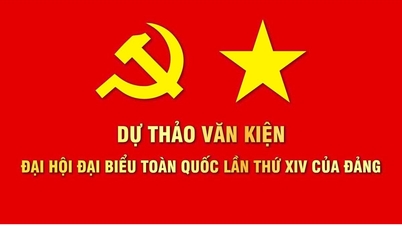

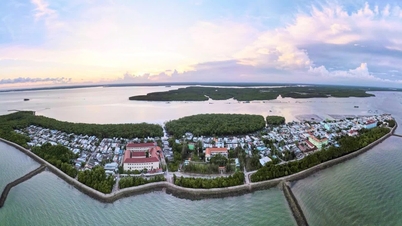





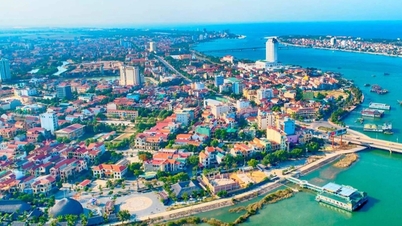









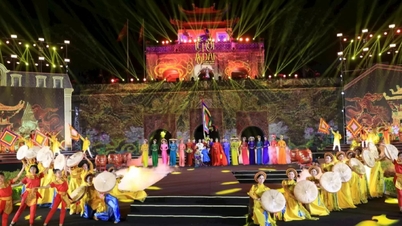
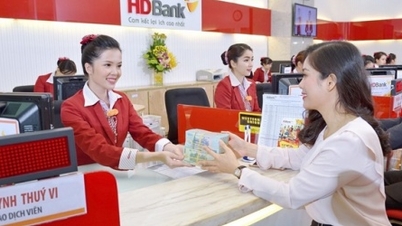


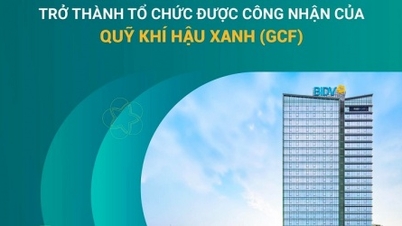
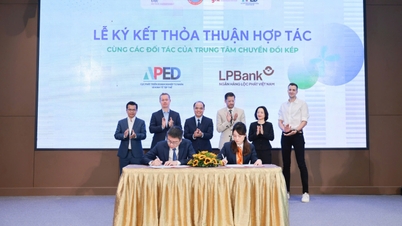








































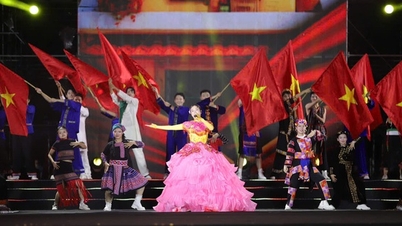

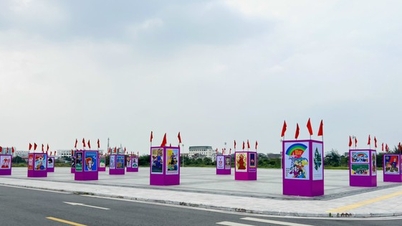









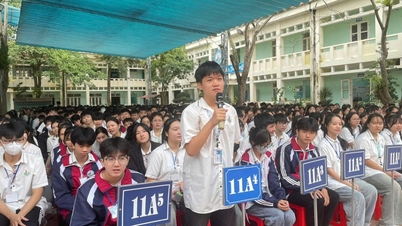











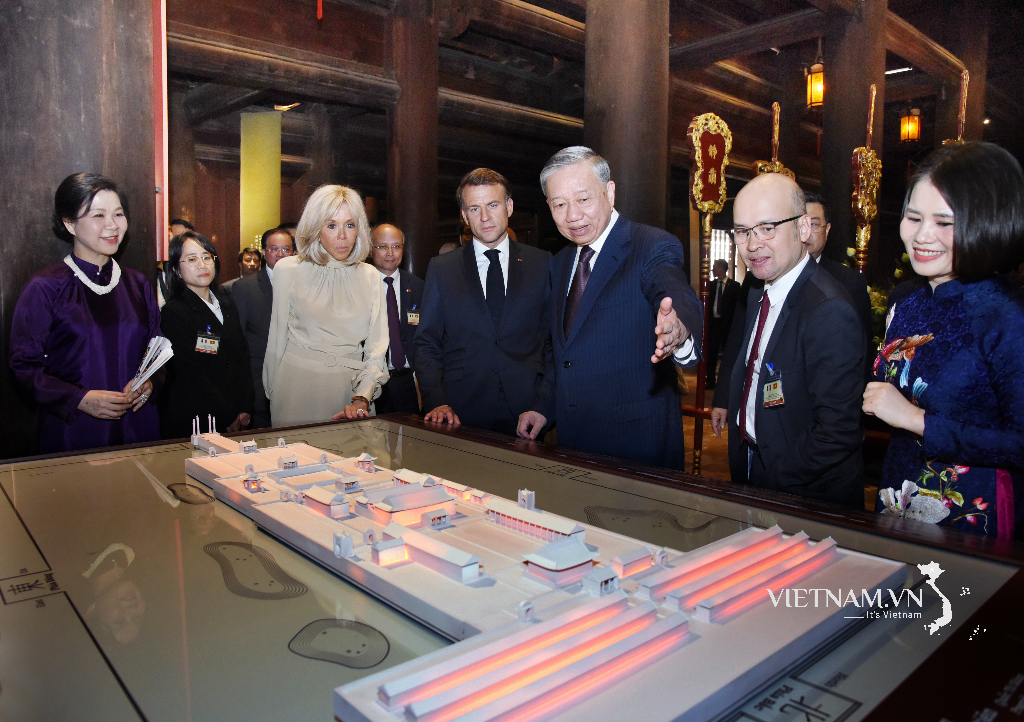


Comment (0)